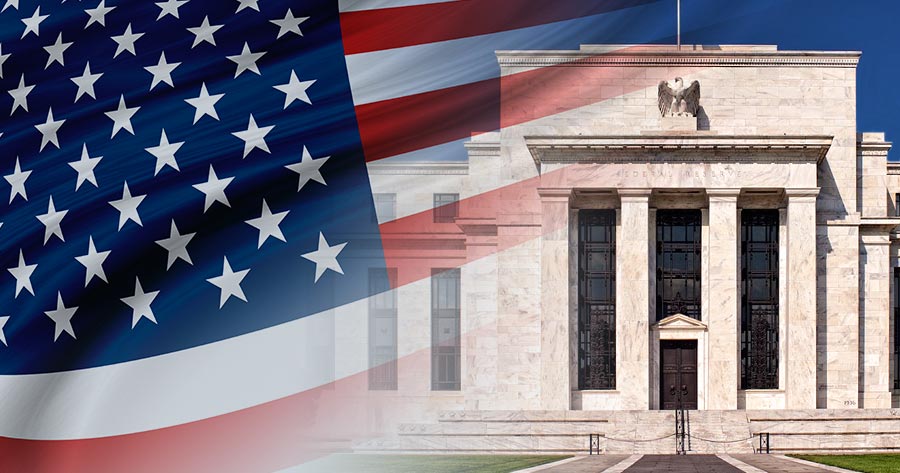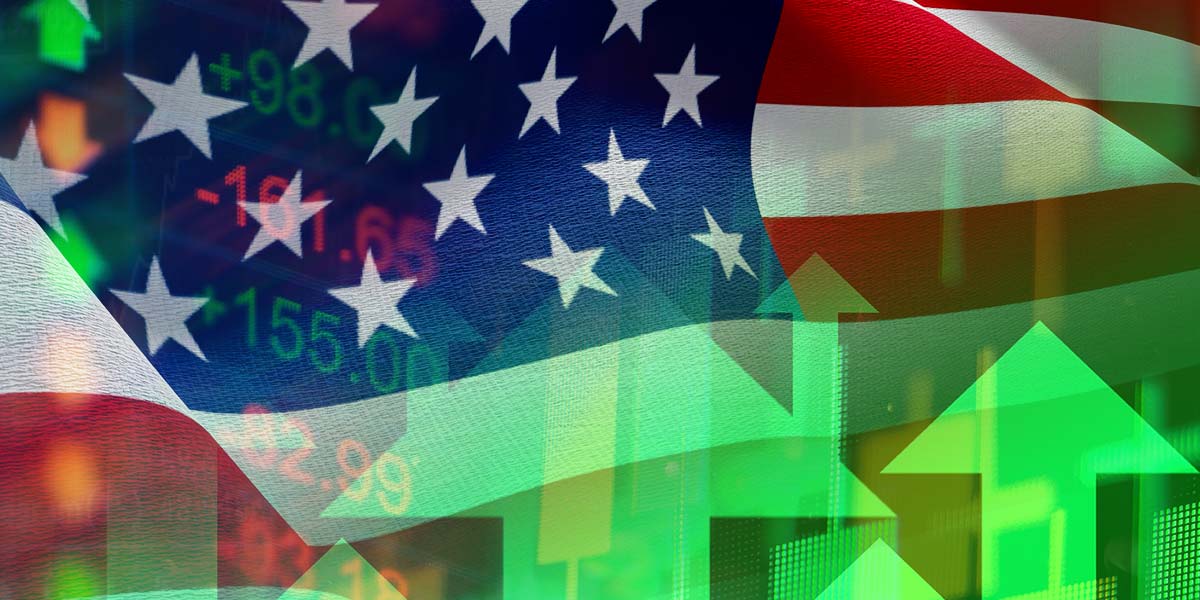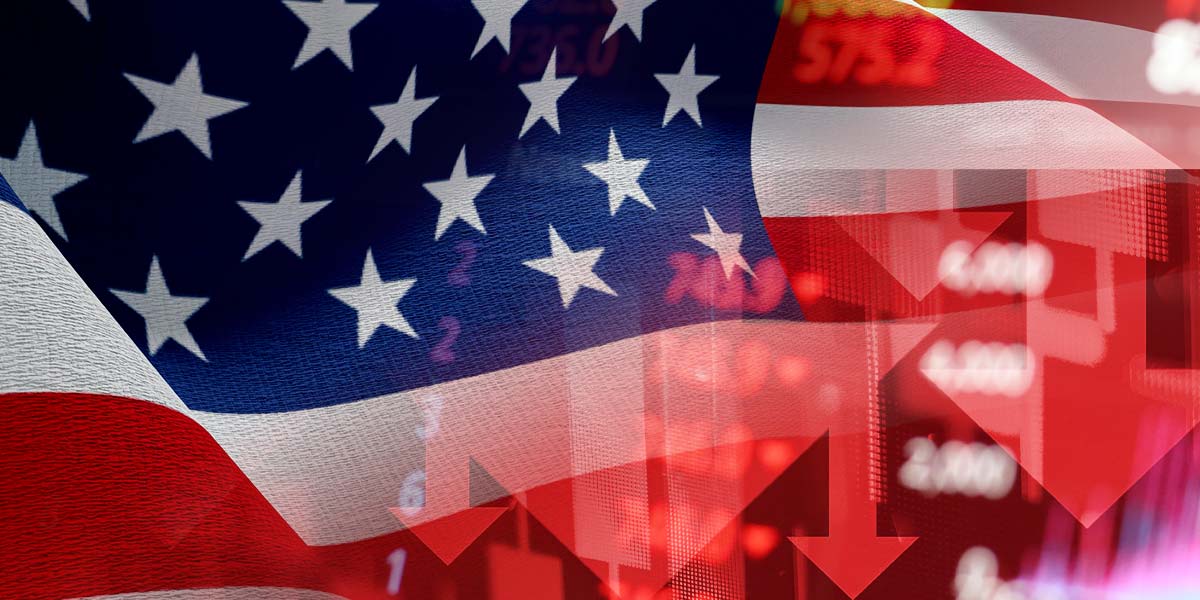
FED Tightens its Loosest Policy Measures Seen During the Pandemic Era
In a statement after its two day policy meeting, FED accelerates pace of tapering and expects rate hikes early spring next year
The Federal Reserve after its two days meeting on Wednesday said it would end its pandemic era bond purchases in March next year and pave way for three quarter percentage point interest rate hike by the end of 2022. The Fed by the expects the economy top near full employment point and inflation cool down.
In a statement Fed Chai Jerome Powell said, “The economy no longer needs increasing amounts of policy support”.
The central bank starting January would be buying $60 billion of bonds each month, half the level prior to November taper and $30 billion less than it had been buying in December. The Fed was tapering by $105 billion a month in November double that in December and then further acceleration to come.
The central bank expects to start raising interest rate in late winter or early spring after wrapping up of the tapering.
According to the data released on Wednesday, Fed officials see as many as three rate hikes coming in 2022 within two in the following year and two more in 2024.
“Economic developments and changes in the outlook warrant this evolution of monetary policy, which will continue to provide appropriate support for the economy,” Powell said at his post-meeting news conference.
“Supply and demand imbalances related to the pandemic and the reopening of the economy have continued to contribute to elevated levels of inflation,” the Fed statement said.
The Fed committee sharply increased inflation outlook for 2021, pushing it to 5.3% from 4.2% for all items and to 4.4% from 3.7% excluding food and energy. And for 2022, the expectation is revised to 2.6% for headline and 2.7% for core.
The unemployment rate projection for 2021 came down to 4.3% from 4.8% in September.
.The Fed dot plot released shows rate expectations of rasing the Fed funds rate 2 times next year and 3 times in 2023 based on median projections.
The committee reduced its projection for economic growth this year, seeing GDP rising 5.5% for 2021, compared with the 5.9% indicated in September. The commitee revised 2022 growth to 4% from 3.8% and lowering 2023 to 2.2% from 2.5%.



